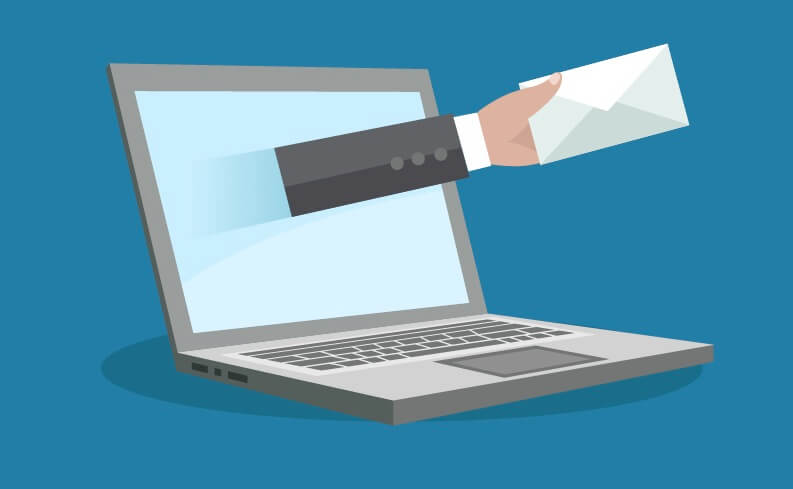
Even in 2016, email marketing is the lifeblood of any B2B marketing initiative. And the centerpiece of any email marketing initiative is the newsletter. Some companies may send them out once a week, others once a month, but it’s this regular communication between a company and its customers and prospects that can determine the ultimate success or failure of your B2B marketing efforts.
That’s because the email marketing newsletter has the best overall ROI for B2B marketers and consistently ranks as the best source of new leads. In short, it’s the best way to pick up new customers and the best way to convert existing customers into longtime customers. So what can you do to optimize these newsletters?
One easy thing you can do is to improve the aesthetic appearance of these newsletters. If you’re just sending out boring old text newsletters and hoping that they’ll convert, you could be doing a lot better.
There are a few design and graphical changes that can improve the look and feel of your newsletter. First of all, make sure the call-to-action is easily visible – make this a big, shiny button so the user knows where to click. Secondly, check out how your newsletter looks on mobile. With mobile now the preferred way that many people check email, your design and graphics have to look good on a tiny screen. That’s one big reason why text newsletters are going the way of the dinosaur – they look absolutely terrible on a tiny mobile screen.
Another thing you can do is change the focus of the newsletter from “selling” to “telling.” In other words, don’t make the newsletter about selling more products or upgrading to new services. Make it helpful and useful to the reader. This is an old trick from the B2C space, where email newsletters for food companies might focus on recipes rather than the food itself, or where email newsletters for baby companies might focus on tips and tricks to being a better mother rather than on products for the baby. Thus, if you’re selling B2B software, for example, you wouldn’t make the newsletter all about the software.
And one other trick that you can use to improve the performance of your email newsletters is to do a better job of segmenting them by customers’ needs and demographics. There is no “one size fits all” when it comes to the newsletter. If customers get too many irrelevant emails, they’ll simply hit the “unsubscribe” button. That’s why you absolutely have to focus and make sure that your newsletters are addressing issues and concerns that your customers have.
The way to check this is through the “open” and “click through” rates on your emails. If you’re using an off-the-shelf email solution like Mailchimp, this is relatively easy to do, and you can actually print out reports showing how these open and click through rates have changed over time. You’ll even see how you’re doing against the industry average. Of course, you want to be more than average, but you’ll be able to ground your expectations in reality. The more people who read your email newsletters, and the more people who click on the links in the newsletter, the more likely you are to get new prospects and new sales.
Image: Designed by Freepik
